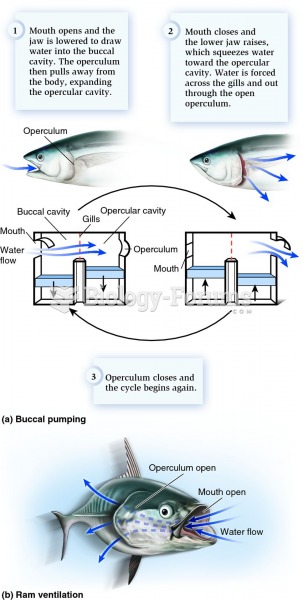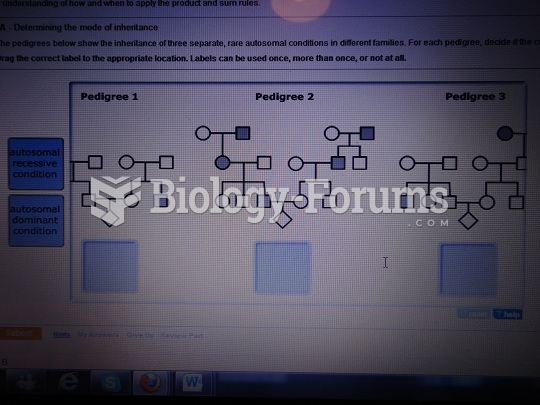Answer to Question 1
ANS: D
A. Incorrect response: Automatic tube compensation (ATC) is a feature that enables the ventilator to employ known resistive characteristics of artificial airways to overcome the imposed work of breathing caused by those airways. ATC is not a mode of ventilation. Theoretically, ATC delivers the precise amount of pressure required to overcome the resistive properties of an artificial airway for the flow measured at that time.
B. Incorrect response: Adaptive support ventilation (ASV) combines the dual control breath-to-breath, time-cycled, and flow-cycled breaths, and enables the ventilator to select the initial ventilator settings based on the therapist's input of the patient's ideal body weight and percent minute ventilation. ASV is a closed-loop control that increases or decreases ventilatory support based on patient measurements. Essentially, ASV provides pressure-limited breaths that target volume and frequency. The respiratory rate and tidal volume are selected by the ventilator's algorithm to offer the minimum work of breathing for the patient.
C. Incorrect response: Mandatory minute ventilation (MMV) is a mode of ventilation that enables the patient to breathe spontaneously, yet ensures that a preset, minimum level of minute ventilation is achieved during each breath. MVV is a closed-loop system.
D. Correct response: Automode combines volume support and PRVC in a single mode. With automode, if the patient is not breathing spontaneously, all breaths are mandatory, and the patient is receiving PRVC. If the patient then begins to initiate spontaneous breathing for two consecutive breaths, the ventilator switches to volume support. Automode can also be set to convert from PC-CMV to PSV, and from VC-CMV to VS. While this information regarding automode is correct, the reader needs to be aware that this mode is found only on the Servo 300 ventilator, and is not widely used.
Answer to Question 2
ANS: C
A. Incorrect response: See explanation C.
B. Incorrect response: The ventilator is designed to establish the appropriate minute ventilation after the prescribed settings are initially adjusted, and once the patient is connected to the ventilator. Tidal volume is not one of the initial settings.
C. Correct response: The following settings need to be established before beginning mechanically ventilating a patient in the ASV mode: (1) high-pressure alarm; (2) PEEP level; and (3) Fio2. After the patient is connected to the Hamilton Galileo, the ventilator delivers a series of test breaths to obtain data to calculate (1) system compliance, (2) airway resistance, and (3) auto-PEEP. PEEP is one of the settings that therapists must establish before connecting a patient to the Hamilton Galileo when using ASV.
D. Correct response: See explanation C.







